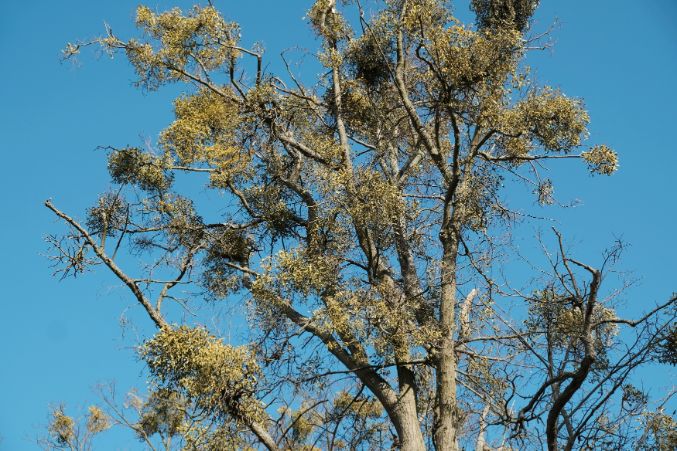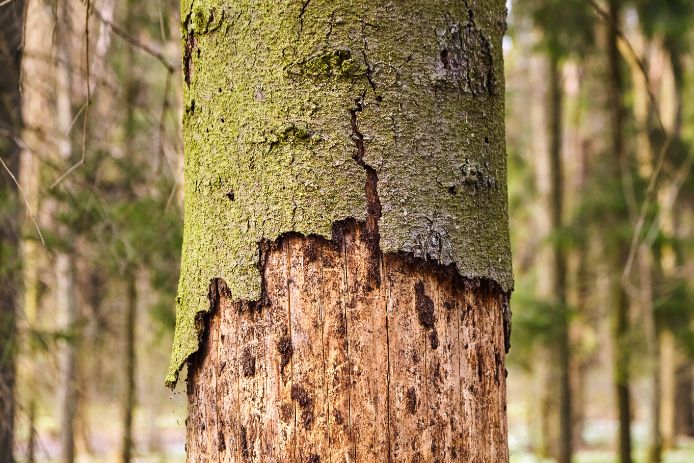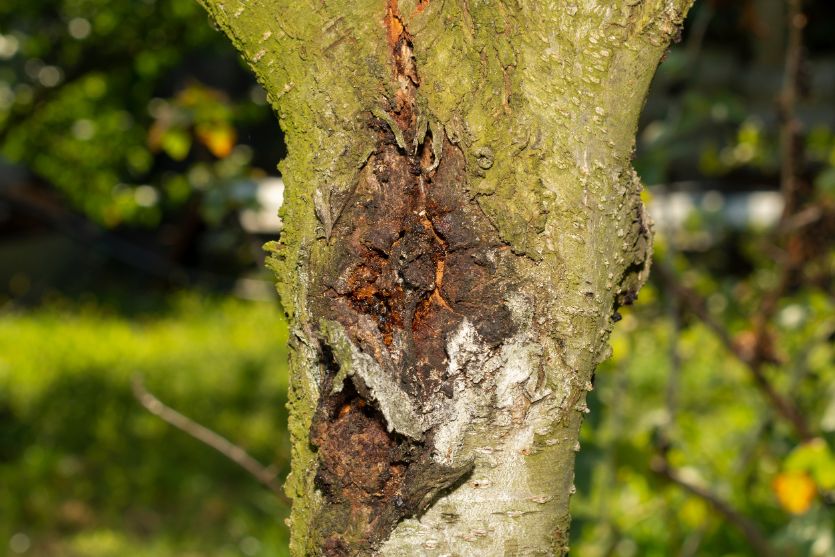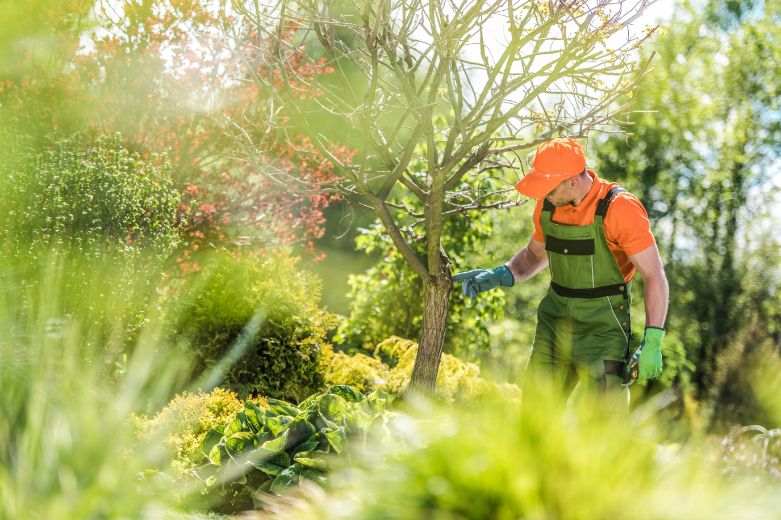Compare 3 free quotes for tree cutting, trimming or maintenance. Free service.
On your property, there’s an oak tree that seems to be flapping in the wind. You’re worried about the precious companion that has provided you with shade and oxygen over the years.
However, you’re not sure of its condition or the source of the potential problem. Could it be a virus? An insect pest?
Anyway, the big hardwood worries you and you’d like to know what’s wrong with it.

To find out more, it may be worthwhile calling on an arboriculturist who specializes in this field.
If not, how do these professionals go about determining the tree’s health and the action to be taken?
Tree Quotes has prepared a guide to help you through the process.
To avoid any unpleasant surprises, it’s best to carry out a growth inspection with the trees occupying your property.
This inspection can be carried out annually. You can carry out this inspection yourself or contact an arborist to be sure.
During a growth inspection, it is important to check:
When certain branches are broken, they must be removed. Sometimes you can see “witches’ brooms”, a cluster of branches starting from the same point caused by a previous poor cut. This brush must be cut to prevent future breakage.
There may be a very vigorous branch that starts to think of itself as a second trunk, which often ends up creating a fork that will open up and cause the loss of the tree. This branch should also be deleted.
If the branches are close to the ground or within reach, you can trim them yourself. Otherwise, we strongly recommend that you contact a certified arborist.
Of course, if a branch is dangerous and needs to be cut down immediately, it’s best to do it right away. Otherwise, professionals consider late winter and early spring to be the best time.

This period allows the tree to resume its growth after the frost period under the best possible conditions.
The second preferred option is late autumn or early winter. This option allows the tree to enter hibernation in the best possible conditions, emerging stronger and free of harmful branches in spring.
When you simply want to shorten a troublesome branch, simply cut it off just beyond a secondary branch pointing in the desired direction, which will become its replacement. In this way, the tree’s natural symmetry is maintained.
To remove a branch completely, you must :
For further details, we recommend sawing under the branch, about 30 cm from the trunk. When you have sawn the branch to a depth equal to a third of its diameter, change position.
Now saw off the top of the branch about 5 to 7 cm further than the first kerf, and continue sawing until the branch gives way. When the branch falls, it will no longer be able to tear the bark of the trunk, as its link with the trunk will already have been severed by the first cut.
Now there’s a snag that needs to be removed. We then cut close to the trunk, but without damaging the collar, the swelling seen at the base of the branch, because it’s in the collar that the cells are found that will cover the wound with a new layer of bark.
There’s no need to cover the wound with pruning paint, and in fact, this treatment is not recommended at all.

What to do with tree nests? When the leaves fall from the tree in autumn, you may be surprised by a nest of bees, squirrels or birds.
In the case of birds, this is not a nuisance. You can leave it in place. The same goes for the squirrel: he’s likely to still be inside, as he winters in his cozy nest, usually coming out from time to time to fetch the nuts he’s buried in various hiding places.
Do you see a wasp’s nest, like a round greyish ball in the branches?
Don’t panic: the queen and her workers are dead by now, and the new queen is safely tucked away somewhere in the ground. If you want to use it as a decoration, no problem! Otherwise, the nest will eventually decompose: wasps almost never re-use an old nest.
If you see a black nodule, it’s more sinister than a simple nest. This disease of plum and cherry trees (and sometimes other fruit trees) attacks the branches: a black, elongated mass, like a sausage, covers the branch.
The nodule grows like a cancer, suffocating affected branches and causing them to die, spreading to others. Sadly, your tree is now doomed: the most that can be done is to prolong its life by removing the nodules.
At this point, we suggest planting a replacement plum or cherry tree.
For other types of tree, other growths can be seen on trunks and branches.
Sometimes these are diseases, such as crown gall (Agrobacterium tumefaciens), sometimes they are insects (notably the various scale insects, some of which resemble mini-oyster scales stuck to the bark). On the other hand, the presence of moss or lichen is not at all harmful.
Of course, the problem must be identified before appropriate treatment can be found.

An arborist can determine the type of pruning required to improve the health, appearance and safety of your trees. The various pruning methods include branch removal:
Other pruning methods are used to maintain the natural structure of young trees, improve their shape and reduce the possibility of storm damage.
|
Required team |
Rate per hour |
|
1 professional |
100$ à 200$ |
|
2 professionals |
150$ à 200$ |
|
3 professionals |
250$ à 325$ |
When in doubt about the health of a tree on your property, it’s essential to seek professional advice to ensure that you take the right steps and carry out the necessary work safely.